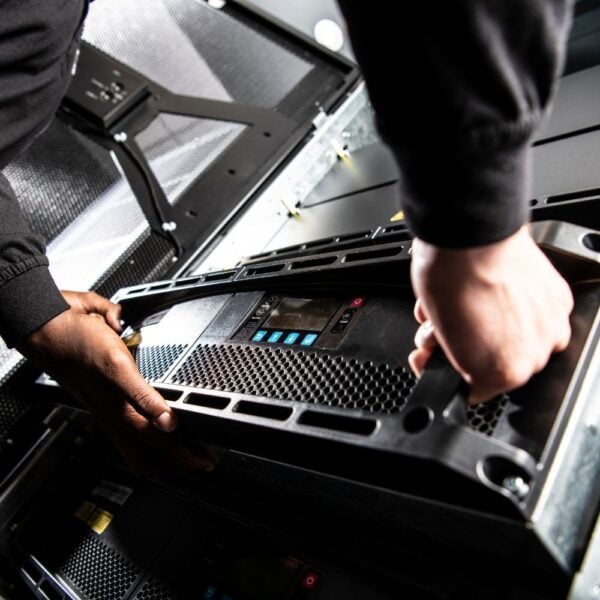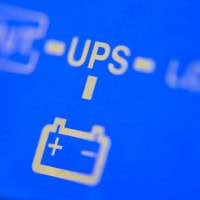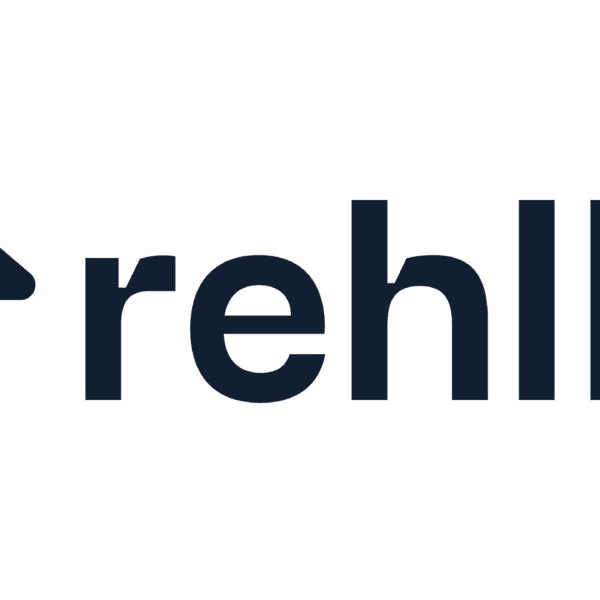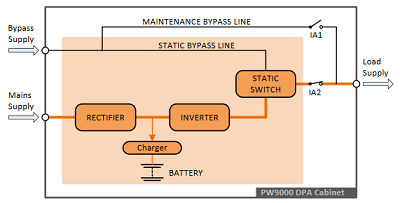Our range of KOHLER PW UPS generators and emergency lighting products are proven to be trustworthy in life safety applications of UPS across residential, commercial and industrial applications
At KUP, a leading uninterruptible power supply manufacturers, we understand the key challenges with life safety applications, including:
- Complying with a range of building regulations, guidelines and codes
- Providing a legitimate second power supply from a separate source
- Practical approaches to ensure routine testing takes place
Our uninterruptible power supplies range from modular three-phase UPS systems, standalone models and compact single-phase systems. Our uninterruptible power supplies are designed to handle regenerative loads from lifts. Complementing these are kite-marked, performance-tested static inverters for emergency lighting UPS systems. Our range of compact, quiet and efficient stand-by generators complete the portfolio, whilst our own team of UPS engineers are there to support them nationwide, 24/7, 365 days a year.
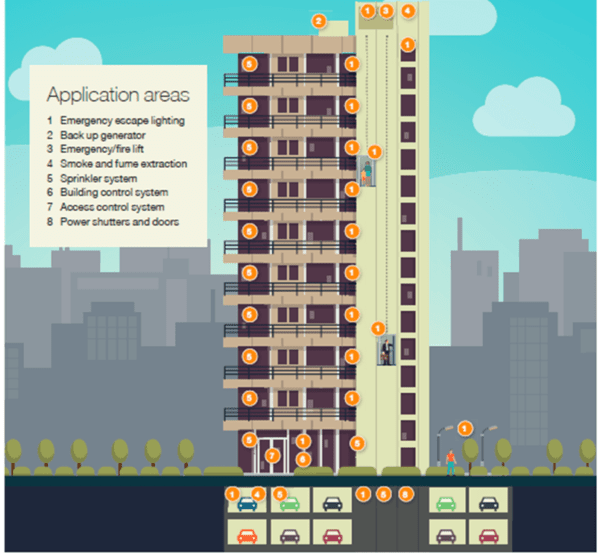
In the event of mains power failure, it is vital that life safety systems, such as fire suppression still have a reliable back-up power supply. Fire suppression UPS solutions must not only comply with the British Safety Standards, but they must also comply with the product safety regulations.
Although a fire suppression system is not legally required in the UK, a number of businesses choose to install them to reap their benefits. Examples include care homes which benefit from having the vital extra time to evacuate, retail premises benefit from being granted longer distances to travel to emergency exits and landlords have the freedom of providing open plan dwellings. Fire suppression systems are interlinked with a central emergency power system to automatically activate in the event of a fire. This is why a method of backup power supply, such as a UPS system, must be present to comply with BS EN 50171. Where an uninterruptible power supply system is used, it must also comply with product-specific regulations highlighted in EN 62040 and its relevant parts.
As leading UPS suppliers, KUP provides turnkey UPS solutions for life safety systems. Due to the high inrush of currents required to start a pump, there are many pitfalls to be avoided in providing UPS solutions to support fire suppression systems. Many other UPS providers will either fail to take these start-up currents into consideration leading to an unreliable UPS solution or, in some instances, an oversized UPS design or insufficient application of UPS.
With the four year anniversary of the Grenfell Tower tragedy featured in the news in recent weeks, a timely reminder on the importance of these emergency power UPS systems, it is without doubt that more focus is turning upon public buildings and life safety applications. Housing developers are now being required to include UPS systems in order to access grants for evacuation lifts, a positive sign that greater attention is being paid to life safety systems.
Of course, the equipment needs to be correctly sized, and a UPS capacity chosen that is adequate for the load that it intends to support, with provision for growth and redundancy. A UPS solution for a life safety application is therefore different to those found in a data centre infrastructure application, for example. The inverter, battery back-up time and regenerative lift require an emergency power UPS system but if the power is routed through a standard uninterruptible power supply, it will falter and damage it.
Coupled with expertise in UPS system sizing, battery configuration, regenerative loads, and high inrush currents from LED drivers, our UPS power solutions are not just compliant, but also dependable, easy to operate and the installation of a UPS system is simple. As a leading UPS supplier, our experience across a wide variety of new build, conversion and legacy sites allows KUP to offer you the right mix of uninterruptible power supply options.
We understand that typical challenges with life safety applications include:
- Providing a legitimate second power supply from a separate source
- Delivery into and positioning within existing buildings
- Space, floor loading and noise restrictions
- UPS generator fuelling and fuel handling
- Damage to conventional UPS systems from regenerative loads such as lifts
- Making provision for likely increases in required emergency lighting lux levels
- Access for UPS maintenance and routine testing
- Practical approaches to ensure and record routine testing
- Complying with a range of building regulations, guidelines and codes
To discuss how we can help you find UPS solutions specific to your requirements contact our uninterruptible power supply experts at [email protected] or call us on 0800 731 3269.


